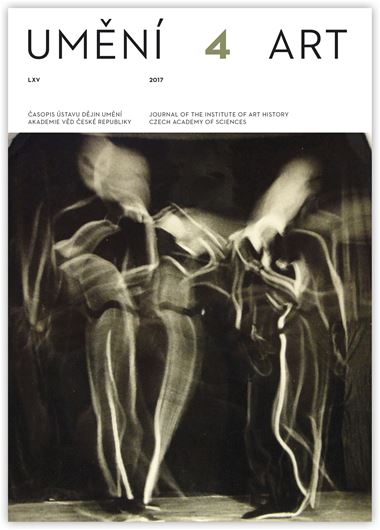Jakub Adamski
Böhmische Einflüsse in der schlesischen Kirchenbaukunst des mittleren 14. Jahrhunderts. Der Fall Schweidnitz und Striegau
The present article is devoted to the analysis of two splendid parish churches in the former Duchy of Świdnica and Jawor in Silesia (German Herzogtum Schweidnitz-Jauer, Polish Księstwo świdnicko-jaworskie), located at Świdnica (German Schweidnitz) and Strzegom (German Striegau), especially in the context of the political and foundational activity of the rulers of that territory, i.e. Duke Bolko II and his wife Agnes of Habsburg. The paper brings a new reconstruction of the building history of both churches, based on an analysis of the written sources and historical circumstances of the Duchy in the middle 14th Century, after the annexation of Silesia to the Crown of the Kingdom of Bohemia (1348). It may be assumed that the construction of the churches began around 1350, which can be perceived as a sign of the self-confidence of both the local bourgeoisie and the ducal couple, who were seeking to establish their position within the Bohemian Crown. The gigantic scale and opulent sculptural decoration of the buildings were means to achieve the aforementioned goal. In this context it is no surprise that in both churches it is possible to trace some peculiar architectural solutions (such as pier ground plans, types of vaulting shafts, window traceries) of evident Bohemian origin. All these elements are discussed in detail in the present article.
Full-text in the Digital Library of the Czech Academy of Sciences:
https://kramerius.lib.cas.cz/uuid/uuid:d6c6edae-7a8c-4467-a1d6-b7fa1f3a137c
< back

